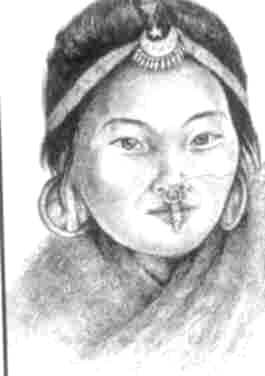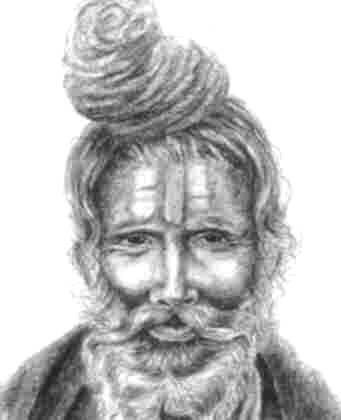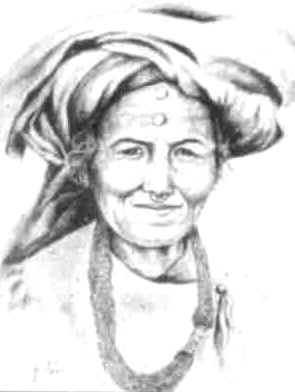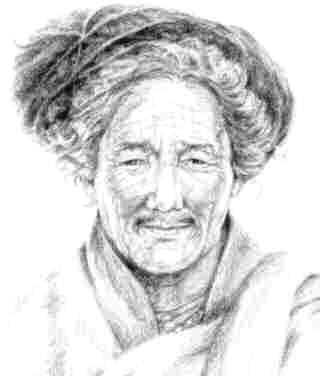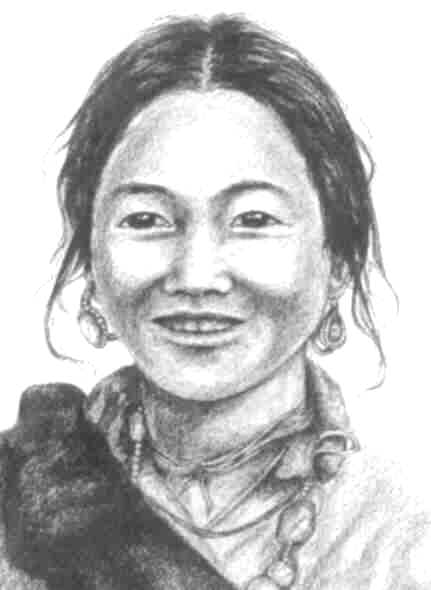|
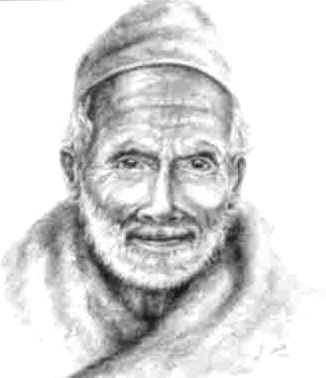
|
-
MAGARS
- The Magars
originate in the western and central areas of Nepal, though are
found in scattered communities throughout the country. They may
be of either Hindu or Buddhist faith. Traditionally hill farmers
inhabiting the lower slopes, they are also known for their
fighting abilities and many have been recruited into Gurkha
regiments of the British and Indian armies. It is thought to be
a strong cultural bond between Magars and Gurungs.
-
GURUNGS
- The Gurungs also
originate from the central and western parts of Nepal, though
they have tended to inhabit higher areas adopting a lifestyle of
sedentary agriculture and nomadic pastoralism. Like the Magars,
Gurungs have been well represented in Gurkha units. They are
predominantly Buddhist, though small Hindu and Shamanist
communities exist. In recent years, may Magars become involved
in the hotel business, especially in the Pokhara region.
-
THAKALIS
- The Thakalis
originate from the Kali Gandaki Gorge and, like many Nepali
groups, have been subject to both Hindu and Buddhist influences.
Adept entrepreneurs, they have cashed in on the trekking boom
and have established little hotels all along the Annapurna
Circuit and have also extended their influence to other parts of
the country. Before Nepal was opened up to tourism, their
economy was dominated by subsistence farming and, in the Kali
Gandaki area, by salt trading.
-
TAMANGS
- The Tamang are
found around the Kathmandu Valley and in central and eastern
Nepal. Mainly Buddhist, they form a significant proportion of
the porters in these regions ; but many are also engaged in the
agriculture as small holders and day labour. The Tamang
language originates from the Tibeto-Burmese family.
-
NEWARS
- The Newars are of
Mongolian origin and are the dominant ethnic group of the
Kathmandu Valley and surrounding central areas of Nepal. Despite
their geographical origins, the majority are now Shaivite Hindus
following received Hindu customs, although communities of Newari
Buddhists do remain. They represent perhaps the greatest
synchronism of the Tibetan and Indian traditions of any Nepal's
ethnic groups and also incorporate aspects of aninism. The
Newari language has been influenced by both the Tibeto-Burmese
and Indo-European families. Tradionally Nepal's leading traders,
Newars once organized trains of basket carrying porters over the
trans-Himalayan passes to Tibet. They are also remarkable
craftsmen and developed the unique building style that
succesfully blends influences from India, China and Tibet, with
carved wood beams and pagoda-like temple roofs.
-
KIRANTIS
- The Kirantis
are comprised of Rais and Limbus and are the
oldest known peoples of Nepal. They live in the eastern hills of
Nepal, the Rais beeing concentrated in the Solu Khumbu, Dudh
Kosi and Arun Valley, while the Limbus are at the east of Arun
Valley, in the Katchanjunga region and also extend into Northern
parts of West Bengal in India. Both groups have supplied
recruits to Gurkha regiments an reference is made to their
fighting spirit in the Hindu epic Mahabharata. Of Mongoloid
features, both have Tibeti-Burmese languages. The religion of
the Limbus incorporates elements of Buddhism and Shamanism,
while that of the Rais os more influenced by Hinduism.
-
SUNWARS
& JIRELS - These
related groups are small in number and are found in the area
around and to the east of Jiri, the place that gives the Jirels
their Name. Their religion is significantly influenced by
Hinduism, but has distinct oractices and dieties.
-
BHOTIA
- The Bhotia live in
the northern parts of Bhutan, Sikkim, Nepal and along the
Indo-Tibetan border in Garhwal, Kumaon and Himachal Pradesh.
They are Mongoloid people who gradually moved off the Tibetan
Plateau. Tibetan Buddhism plays an important part in shaping
Bhotia society. The monastery is at the centre of the social
environment, and the prayer flags, prayer wheels and chortens
are a vital part of daily life.
-
ETHNIC
TIBETANS - Many
thousands of Tibetans fled their homeland as a result of the
Chinese Take-over. Most are now resident in and around Kathmandu
and Pokhara Valleys, but some habe remained in Bhotia country
where they have been highly succesful in integrating with local
populations, especially through intermarriage.
-
LIMIPAS
- The Limipas are a
small group living in the Limi Valley in the northwes of Nepal.
-
DOLPOPAS
- With a population
of no more than a couple of thousand. Dolpopas live in remote
areas north of Jomsom and Muktinath. A hard working people, they
are nomadic pastoralists, traders and weavers.
-
LOPAS
- Lopas live in Lo
Mangthang, the capital of the high and arid region of Mustang,
once an independent state. Of Tibetan ethnicity, they follow
Tibetan Buddhism and number about 6,000.
-
BARAGAUNLE
- The name means
" 12 village people ". The Baragaunle are also
ethnically Tibetan and live in the Muktinath Valley and follow a
form of Lamaistic Buddhism that also incorporates elements of
animism.
-
MANANGIS
- Known also as Manangpa
or Nyeshang, this group live in the Manang region
and along the northern stretches of the Marshyangdi River. They
are perhaps the wealthies of any Bhotia groups thanks to a still
extant 18th century decree by Rana Bahadur Shah which gave them
trading privileges with Tibet and which has today been adapted
to the trade of luxury items, some which find their way to
Kathmandu.
-
SHERPAS
- Sherpas live in
the Solu Khumbu region of glacial valleys at the southern
approaches to Everest. Theit name thells of the origin ( Sha
- east, pa - people) and has come to be almost
synonymous with great peak that dominates their country. They
immigrated from Tibet about 600 years ago. Earlier they were
traders and porters, carrying butter, meat, rice, sugar, paper
and dye from India, and salt, wool, jewellery, Chinese silk and
porcelain from Tibet and beyond. The closure of the border
between India and China undermined their economy. Fortunately,
with the mountaineering expeditions and trekkers, the Sherpas
found their load carrying skills, both on normal treks and high
altitudes in great demand.
The Kumbu region has
provided a valuable contignent of able bodied, hardy and seemingly
fearless Sherpa porters and guides. Over 80 years they have built
up a mountaineering reputation as the elite of Himalayan porters.
|

